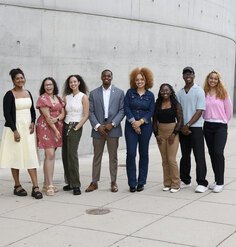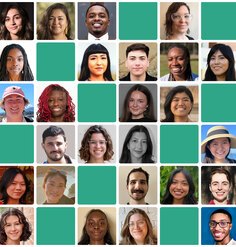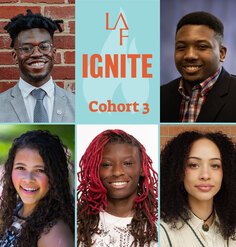Olmsted Scholar Feature: Occupying Space
By Jesse Jones, 2011 University Olmsted Scholar
Public spaces are valuable venues for civic expression. Over the last few months, we watched the rise of the Occupy Movement bring new attention to the use of public space and the role of collective gathering to cities across the United States. Putting aside political affiliation or belief in the rightness or wrongness or even effectiveness of these protests, it is without question that these concentrated and intentional Occupations made a dramatic impact in the urban areas in which they occurred. In Oakland, California, where I live, Occupiers of a downtown square renamed the space and established a communal living village. Numerous attempts to close the camp effectively failed as people returned after each of the closures and reestablished the space; however Occupy Oakland eventually moved to a vacant lot near the original site.
Although there is also probably much to learn from Occupy about collective action and the psychology of protest, as a young landscape architect, I am most intrigued by this movement for its utopian idealism in the value of common spaces and as a model for development from the ground up. Embedded within Occupy is a commitment to reactivation and use of spaces or structures that have been left out or abandoned: in a way, a call to action on vacancy. It is also a call to making. Development inevitably slowed down with the economic recession, so traditional place-making procedures are stalled. In the meantime, movements like Occupy suggest that people make spaces themselves and should demand that they are allowed to do so.
The community garden is probably one of the most common examples of collective occupation in American cities and provides a valuable outlet for individuals to make public or semi-public space. With the rise of Occupy, I am excited to see what new and different ventures develop in currently underutilized spaces. As a landscape designer, I believe this opens up a world of possibilities to consider utility in what is currently vacant. Following the lead of Occupy, I have two suggestions of useful uses of vacant spaces during this time of slowed development.
Phytoremediation Fill In
A number of vacant lots are contaminated and pose a threat to human health as well as a liability for future developers. They sit vacant awaiting development that will remove or treat the contamination just prior to construction. During that waiting period, the site could be planted with phytoremediating plants that work to extract contaminants from the soil. Although specific work would need to be completed to select plants that work effectively with the pollutant, a planting strategy could be established that successfully improves the soil while providing a pleasant view for the surrounding neighbors.
Vacant Lot Flower Farm
The United States imports the vast majority of its cut flowers from countries around the world. Although many of our cities do not have the correct growing climate to produce popular tropical varieties, in many places, local flower production could provide a progressive alternative to importing. Although the flower palette would be more limited, the relationship to local growing conditions would be more evident. An urban nursery would provide an educational and beautiful venue for flower production.
Jesse Jones received her Masters of Landscape Architecture from University of California, Berkeley, in May 2011. She currently designs and maintains edible gardens for a school district in the Bay Area.










